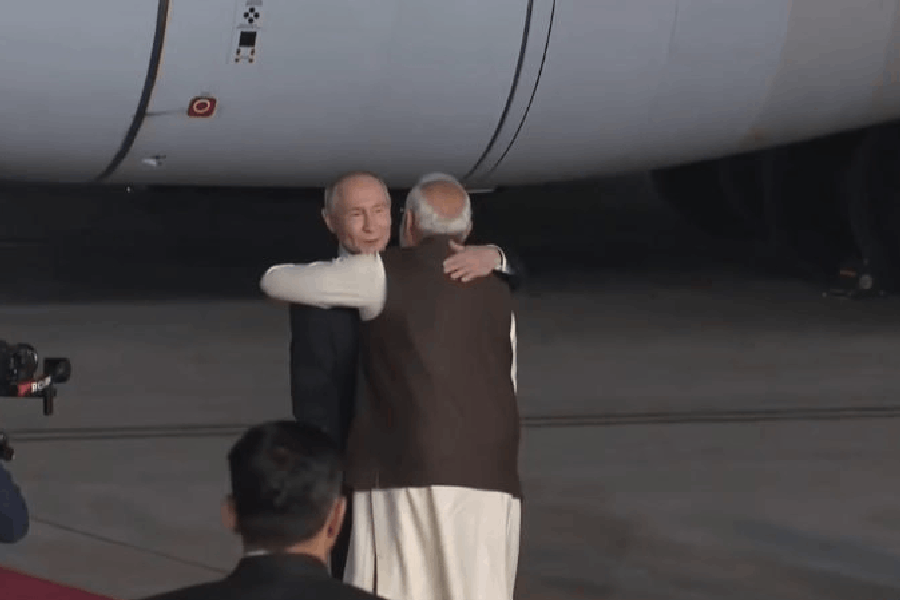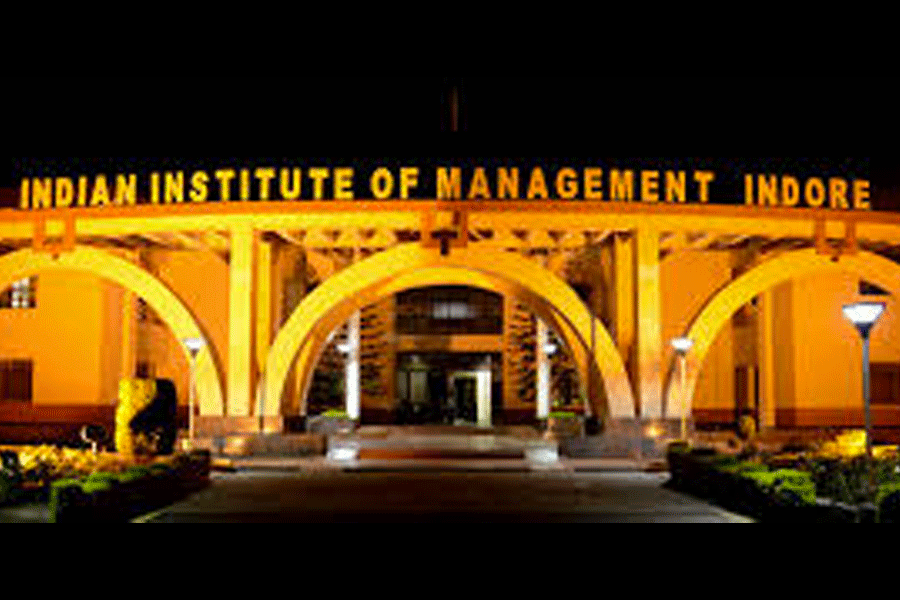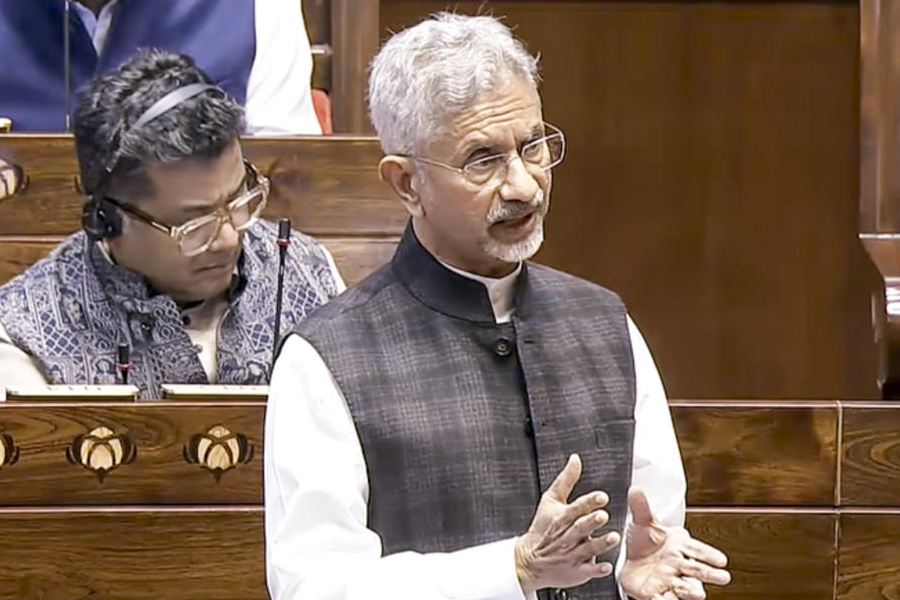On examining the developments of the Russia-Ukraine war, it can be said it is advantage Russia. Ukraine’s chances of resurgence have been diminishing and reached a dead end with Donald Trump stating, during his Oval Office spat with Volodymyr Zelensky, that he (Zelensky) held no cards. Speaking at the NATO headquarters in Brussels in February, the US defence secretary, Pete Hegseth, said that a return to Ukraine’s pre-2014 borders was unrealistic and that the Trump administration does not see NATO membership for Kyiv as part of a solution to the war. Ukraine’s ability to defend itself against Russian offensive action is, consequently, receding as US support of various kinds decreases. However, it is important to draw military lessons from the Russia-Ukraine conflict.
In February 2022, Ukraine started very well by thwarting Vladimir Putin’s attempts at a swift end to the ‘special military operations’. Ukraine averted a major cyber collapse by switching its crucial data to cloud with Microsoft providing cloud services to Kyiv. ‘Anonymous’, a decentralised international collective, conducted numerous cyber-operations against Russia. SpaceX provided Ukraine with Starlink communication terminals. This strengthened Ukraine’s ability to defend its military and civilian communications infrastructure. Several private entities, in addition to Starlink and Microsoft, such as Cloudflare, Palantir, amongst others, came to Ukraine’s aid in the domains of cyber warfare, Artificial Intelligence and drone technology.
Current conflicts have seen a revolution in terms of ‘drone wars’. Ukraine seemingly did a better job of maximising output by its drone sector by creating parallel, national-level structures dedicated to shepherding innovation into testing and production. This allowed Ukraine to innovate and scale the deployment of new designs faster than Russia.
In spite of these advantages, as of now, the war is going in Russia’s favour. Several factors can be attributed to this.
First, due to the prolonged duration of the war, Ukraine’s advantages in the realms of critical technology, especially drones, turned out to be temporary; countermeasures were rapidly developed by Moscow.
Second, this war has been all about controlling territory. A structurally sound military — Russia possesses one — is an imperative to win such a war of attrition.
Third, wars over control of territory require military strategies aligned to intended aims. A strategy that hinges merely on critical technologies like AI, cyber warfare and drones but lacks boots on the ground to exploit the advantage provided by these technologies is unlikely to prove efficient enough. The deeper defence-industrial base of Russia has ensured its advantage.
Fourth, when possession of territory becomes critical, the army with the greater numbers succeeds in holding and defending territory. Russia has the advantage
of a mass of boots on the ground.
Fifth, a classical defence line, like Russia’s along the contact line with Ukraine’s armed forces, is challenging to overcome. Russia learnt this lesson and modified its strategy after initial setbacks. Ukraine’s resource-deficient land forces were often found wanting in defeating the occupying forces. After delivering a blow in certain battles, the Ukrainian army lacked the depth to continue its advance in the captured areas.
Neither of the armies has been able to defeat the other. The prolonged war of attrition has brought about a stalemate — to Russia’s advantage. Ukraine’s inability to generate a sizeable force, coupled with the absence of capabilities needed to destroy Russia’s army and occupy and hold liberated territory, has led to Russia standing to gain territories. Ukraine’s failure to hold on to Kursk has also strengthened Russia’s position on the bargaining table.
Russia’s operations in Ukraine illustrate that mass beats technology-driven precision in the case of protracted conflicts.
Shashank Ranjan teaches at O.P. Jindal Global University, Sonepat, Haryana











